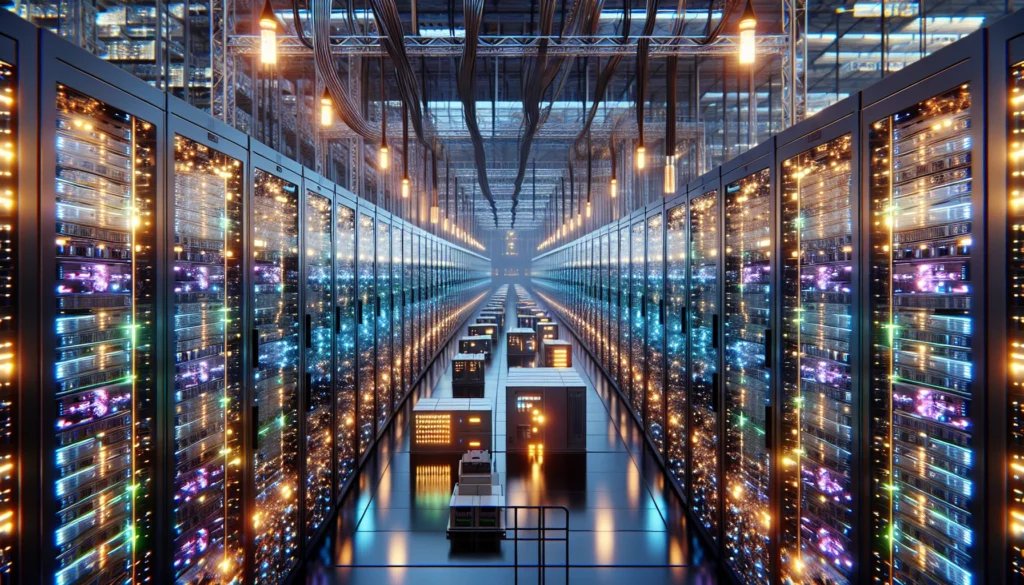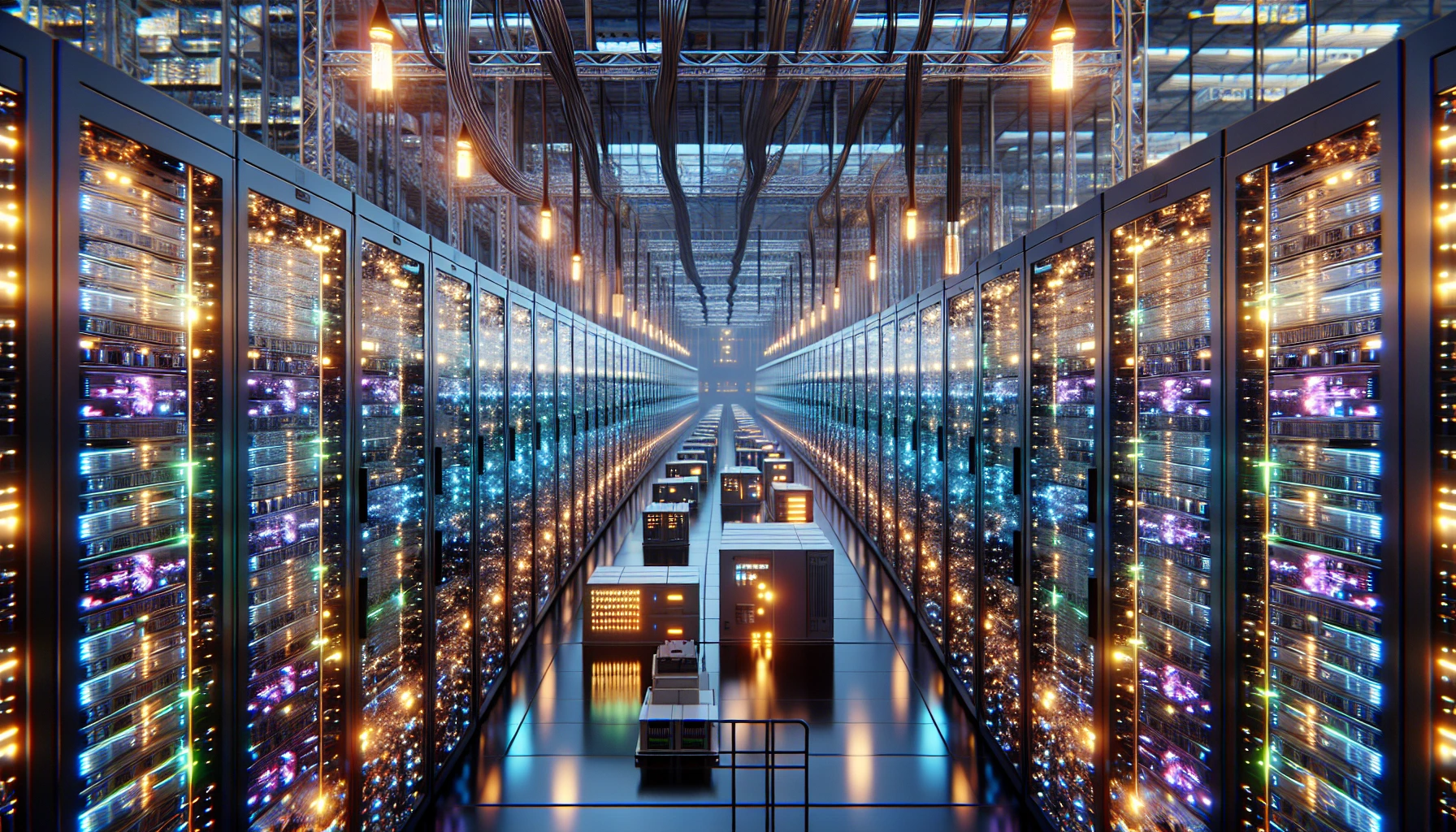The Quiet AI Land Grab: Microsoft Locking Up Amsterdam-based Infrastructure , Not Clicks
Signals vs. Noise
Another day, another “AI bubble” headline. Meanwhile, the real action is happening in contracts, not demos. A multi-year, $19.4B supply pact just vaulted Nebius into AI‘s infrastructure big leagues, with Microsoft’s $17.4B committed through 2031 and options for more. Markets noticed: Nebius popped roughly 55% premarket after jumping 60% in extended hours. Even rival CoreWeave caught the tailwind, up 6.6% on read-through demand. That’s not hype; that’s secured capacity.
Follow the Money: GPUs and Megawatts
Founders obsess over product protections. This cycle’s focus looks more like guaranteed access to H100-class silicon, power, and floor space. Nebius—spun out from Yandex in 2023—provides GPU muscle for training and high-intensity inference. The investors behind the pipes (hello Nvidia and Accel) are hedging across the stack, backing the rails that every flashy model ultimately pays to ride. If you’re building serious AI, your risk isn’t a competitor’s press release—it’s getting starved of infrastructure or delayed by utility interconnects.
Demand Is Not Letting Up
Nvidia just posted another beat and is still guided to >50% sales growth for the next quarter. Their CFO pegs AI infrastructure spend between $3T and $4T by decade’s end. Translation: even if application valuations wobble, the capex flywheel is still spinning hard—chips, networking, memory, cooling, and power. Training windows aren’t shrinking, state-of-the-art keeps escalating, and enterprise pilots are graduating to production. Compute scarcity remains the market’s governor.
Bubble Talk vs. Backbone Reality
Yes, private valuations are lofty. OpenAI reportedly seeking $500B; Anthropic raising at $183B on a $13B round. Reasonable people can debate terminal value. But the backbone is different. Long-dated take-or-pay capacity, priority queues, and energy-secured buildouts look more like midstream infrastructure than seed-stage SaaS. You can question app-layer multiples while still acknowledging that the shovel business is minting cash as the gold rush deepens.
The New Unit Economics: Latency, Power, and Queue Time
For builders, cost per successful token is the wrong single metric. The new stack optimizes for time-to-train, jitter, and proximity to cheap, reliable power. Queue time kills iteration; thermal limits cap throughput; interconnect choices (NVLink vs. Ethernet variants) swing total cost of ownership by double digits. Contracts like Nebius’s matter because they flatten these variables into predictable delivery—exactly what CFOs need to scale responsibly without gambling quarterly burn on spot-market GPUs.
Why This Matters for Strategy
- If you’re an AI startup: secure compute like you secure revenue. Multi-sourcing across Nebius/CoreWeave/Big 3 reduces tail risk and negotiation asymmetry.
- If you’re an enterprise: align workloads with regions where power is abundant and reliable. Latency matters, but power availability matters more. Don’t forget egress.
- If you’re an investor: stress-test exposure to energy constraints and networking bottlenecks. The winners will pair GPU reservations with power purchase agreements and sovereign-compute readiness.
Automate your tasks by building your own AI powered Workflows.
Consolidation Is a Feature, Not a Bug
When a hyperscaler like Microsoft commits billions to a specialist provider like Nebius, it’s not hype; it’s capacity insurance. This is how companies harden: long-term silicon supply, exclusive energy deals, and data center footprints near transmission upgrades. The app layer will keep swinging between exuberance and reality. The rails, meanwhile, are exiting the experimental phase and entering classic industrial buildout—boring on paper, decisive in outcome.
Bottom Line
Call the top if you want. But the behavior that matters—multi-year, multi-billion-dollar contracts; cross-reads lifting competitors; chipmakers guiding up—says the compute market is nowhere near done. In AI’s value chain, attention spikes; capacity compounds. The durable returns are accruing to those who lock in GPUs and megawatts, then price access while the rest of the world debates bubbles.
Related Article
Did you enjoy this topic? Here is an article from a trusted source on the same or similar topic.
Nebius shares soar 55% in premarket on Microsoft AI deal
https://www.cnbc.com/2025/09/09/nebius-nbis-soars-after-ai-infrastructure-deal-with-microsoft-msft.html
Source: CNBC
Publish Date: Sep 9 2025 5:05 AM EDT






